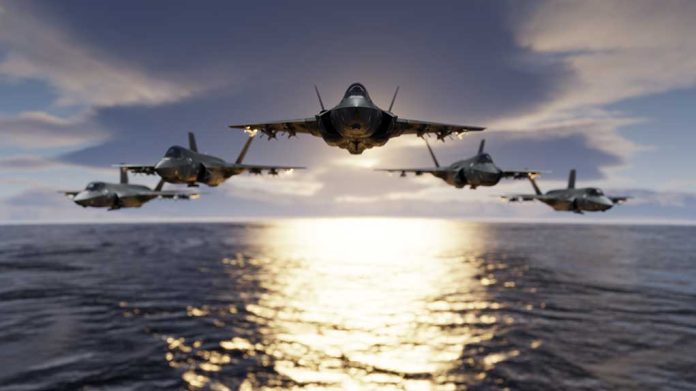
NORAD steps up vigilance following renewed Russian air maneuvers close to Alaska’s borders, raising military scrutiny across the northern perimeter.
Key Takeaways
- A Russian military aircraft entered the Alaskan Air Defense Identification Zone (ADIZ) on Monday.
- The aircraft stayed within international airspace, avoiding American and Canadian sovereign territories.
- NORAD continues to monitor such activity, citing it as regular and non-threatening.
- NORAD maintains a robust surveillance network using satellites, radars, and fighter aircraft.
- Past incidents in February and December led to NORAD intercept operations.
Increased Military Monitoring
Recent military intelligence reported the detection of a Russian aircraft breaching the Alaskan ADIZ on Monday. The event, flagged by NORAD, emphasized a cautious but unthreatening posture as the aircraft remained outside U.S. and Canadian sovereign airspace. Despite the absence of direct trespassers, NORAD’s vigilant response underscores its commitment to North America’s aerial security.
The swift surveillance action forms part of NORAD’s layered defense strategy, leveraging advanced satellite systems, radars, and airborne countermeasures to preemptively respond to potential threats. Historically, this framework has served effectively, exemplified by previous episodes involving Russian aircraft within such proximal distances.
Strategic Military Response
NORAD’s press release categorically outlined that Russian maneuvers within the Alaskan ADIZ occur frequently, but are not perceived as an immediate threat. “This Russian activity in Alaskan ADIZ occurs regularly and is not seen as a threat,” as highlighted in official communications. The implementation of a vigilant monitoring system remains pivotal in maintaining deterrence.
Senator Dan Sullivan, voicing caution, reasoned that potential collaboration between Russia and China underscores a reason to bolster military presence as a preventative measure. “It’s also a demonstration of these two adversaries of ours — Russia and China, two of the biggest dictators on the march — clearly working together more closely, and they are pressing us,” he emphasized.
Six Russian military aircraft were tracked operating in the Alaskan Air Defense Identification Zone for about 2 1/2 hours Monday, according to NORAD.https://t.co/lD0wYlbDK3
— Anchorage Daily News (@adndotcom) April 16, 2025
Precedents and Readiness
Sightings similar to the recent incident occurred multiple times in 2024. In February alone, NORAD tracked two Russian aircraft in proximity to Alaska, reinforcing the continuous need for strategic vigilance. Patterns of such aerial maneuvers have cultivated a coordinated response from NORAD, ensuring preparedness to effectively counter any potential escalation.
The U.S. military’s utilization of a comprehensive, multi-tiered defense network assures that North America’s northern boundaries remain guarded against any unauthorized incursions. NORAD continues to assure both nations of its commitment to aerial defense, using technology and strategic diplomacy to mediate international airspace engagements.
Sources:
- NORAD: Russian military aircraft detected near Alaska’s defense zone
- US military detects Russian warplanes flying near Alaska: NORAD | Just The News



